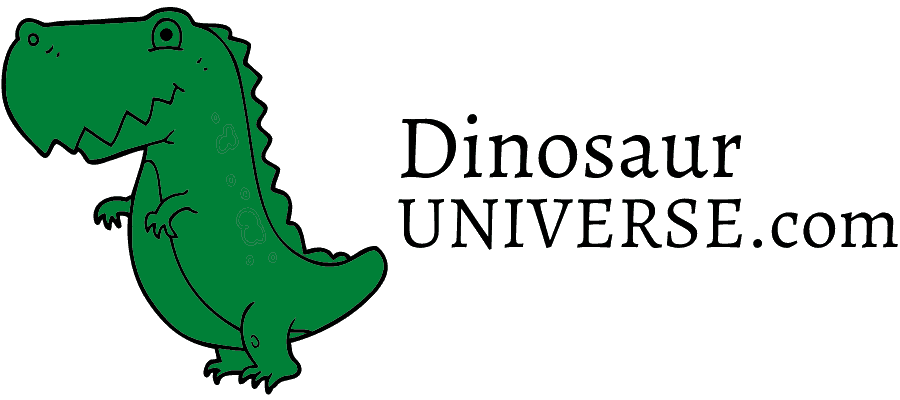Dinosaur Information
What Do Dinosaurs Eat?
It is often viewed that dinosaurs were either huge plant eaters – like giant cows – or ferocious meat eaters that devoured their dinosaur brethren. These two extremes are somewhat true in themselves, but they don’t paint the whole picture. Realistically, dinosaurs probably had a much more complex diet than we can imagine.
Give your child the sweater of his dreams with our line of dinosaur sweaters!

To feed a small group of Triceratops, for instance, hundreds of hectares of plants would have been needed. One Triceratops could provide a T. rex with enough food to live a lifetime.
Dinosaurs were about 65% herbivores and 35% carnivores (or omnivores) when you look at the genera. Due to the abundance of fossils of some herbivores, the percentage of herbivorous dinosaurs increases when looking at the number of fossils actually discovered. Protoceratops fossils have been found over a hundred times, while fewer than a dozen T. rex fossils have been found.
Herbivore dinosaurs
The blunt teeth of herbivores enable them to tear up vegetation (leaves, twigs, etc.). Other herbivores have flat teeth for crushing tough plant fibers. It is common for herbivores to have pockets under their cheeks in which they are able to store their food for a long time.
To get the same amount of calories from plants (herbivores), they usually have to eat a much larger amount of material (because roots, twigs, and leaves contain not much calories). The digestive system of plant eaters is usually larger (than that of meat eaters) since large amounts of hard plant fiber need to be digested which had as a result to leave behind them large dinosaur coprolites.
The intestines of some dinosaurs would have been grinded up by swallowing stones called gastroliths. The plant fibers of some animals (like Ankylosaurus) were even dissolved in fermentation chambers.

What do herbivore dinosaurs eat?
The only way to determine what plants dinosaurs ate is through fossilized stomach remains or coprolites (fossilized dung).The fossilized stomach remains of dinosaurs are extremely rare, and coprolites are difficult to identify.
Dinosaurs ate a variety of plants based on their teeth (could they eat soft or hard plant material), where they lived (climate, habitat, etc., which are generally unknown), and the plants they ate.
For most dinosaurs, it is sufficient to guess (Taking into account the constraints listed above) among the likely plants that were abundant in the Mesozoic, including ferns, cycads, horsetails, mosses, seed ferns, conifers, and ginkgoes. During the Cretaceous era, flowering plants evolved.
What were the herbivorous dinosaurs?
Among the herbivorous dinosaurs are: Pachycephalosaurus, Supersaurus, Diplodocus, Seismosaurus, Stegosaurus, Triceratops, Sauropelta and many others.

The carnivore dinosaurs
There must be a way for meat eaters (carnivores or theropods) to obtain meat. The legs of carnivorous dinosaurs are usually long and strong, so they can run quickly to catch their prey. In addition to large, powerful jaws, sharp teeth, and deadly claws, they had to be able to kill and then tear apart their prey.
To plan hunting strategies, good eyesight, a keen sense of smell, and a large brain were also essential for primitive reptiles. The successful hunting of some species of carnivores is dependent on social cooperation, such as in the case of Deinonychus, Coelophysis, and Velociraptor.

What do carnivore dinosaurs eat?
What were the carnivore dinosaurs?
Here is a list of the most famous carnivorous dinosaurs: Velociraptor, Tyrannosaurus rex, Allosaurus, Giganotosaurus, Dilophosaurus, Unenlagia and many others.
The omnivore dinosaurs
There were only a few dinosaurs known to be omnivores (eating both plants and animals). Plants, eggs, insects, and plants were all eaten by Ornithomimus and Oviraptor, two examples of omnivores. Herbivores are also accidental omnivores because they ingest insects and other small animals when they eat plants.

How to study the diet of dinosaurs?
- Dinosaur fossilized feces – Coprolites provide insight into dinosaur diets. A large coprolite was found in Canada that was likely from a Tyrannosaurus. Crushed bones were found in the coprolite, indicating that Tyrannosaurus rex used to crush the bones ans skulls of their victims and did not just swallow things whole.
- Fossilized Stomach Contents – The only dinosaur whose stomach contained parts of a small mammal was a Sinosauropteryx, a bird-like dinosaur that was found to have fish scales in its stomach
- Teeth – We can also determine the type of food dinosaurs ate based on the structure of their teeth. Herbivores have teeth that can tear and chew foliage, while carnivores require sharp teeth to tear flesh or crush animals.

- Gastroliths – Gizzards (which aided in digestion) have been discovered with some dinosaur fossils. They also provide information about the diet of dinosaurs.
- The size of the intestines is also an important indicator of the diet. Gigantic plant eaters needed many calories to maintain their mass. To get enough energy from plant matter, a large amount of vegetation had to be digested. This requires a large surface area for digestion.









